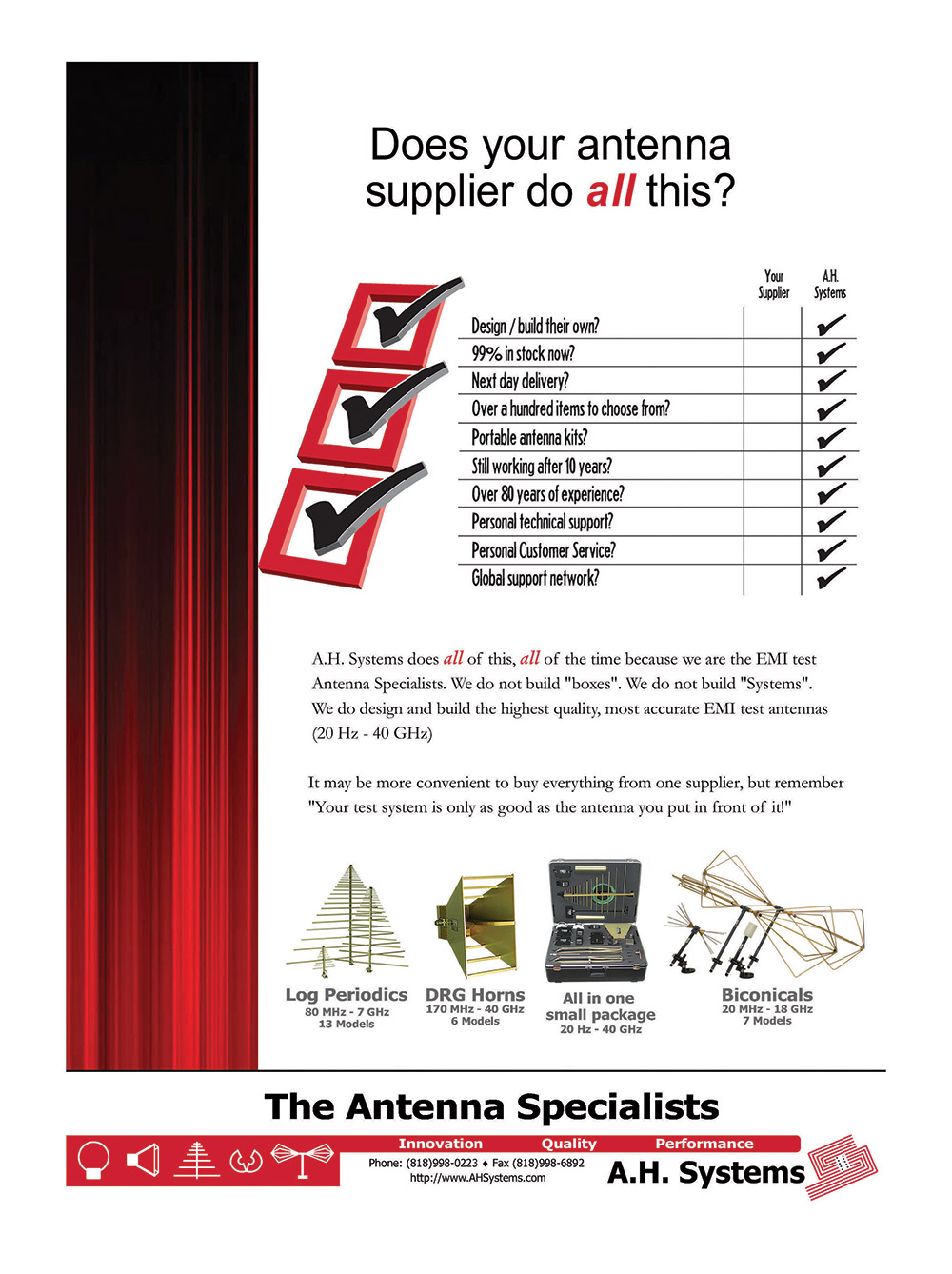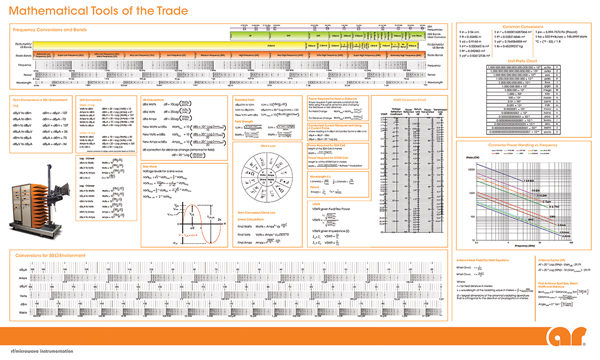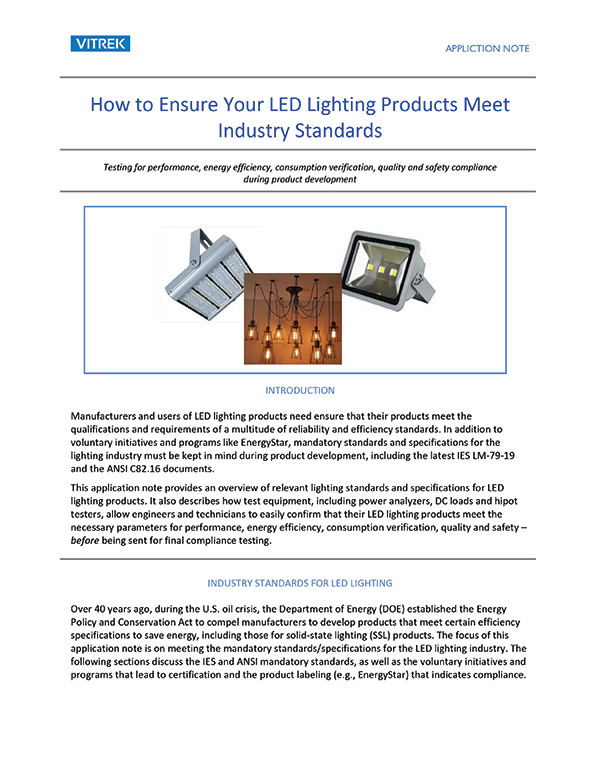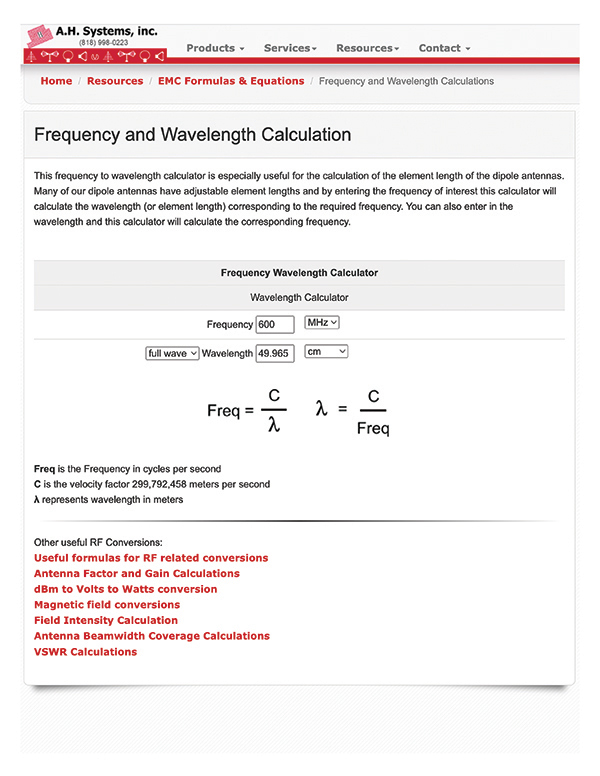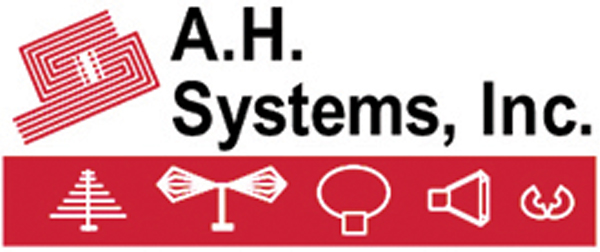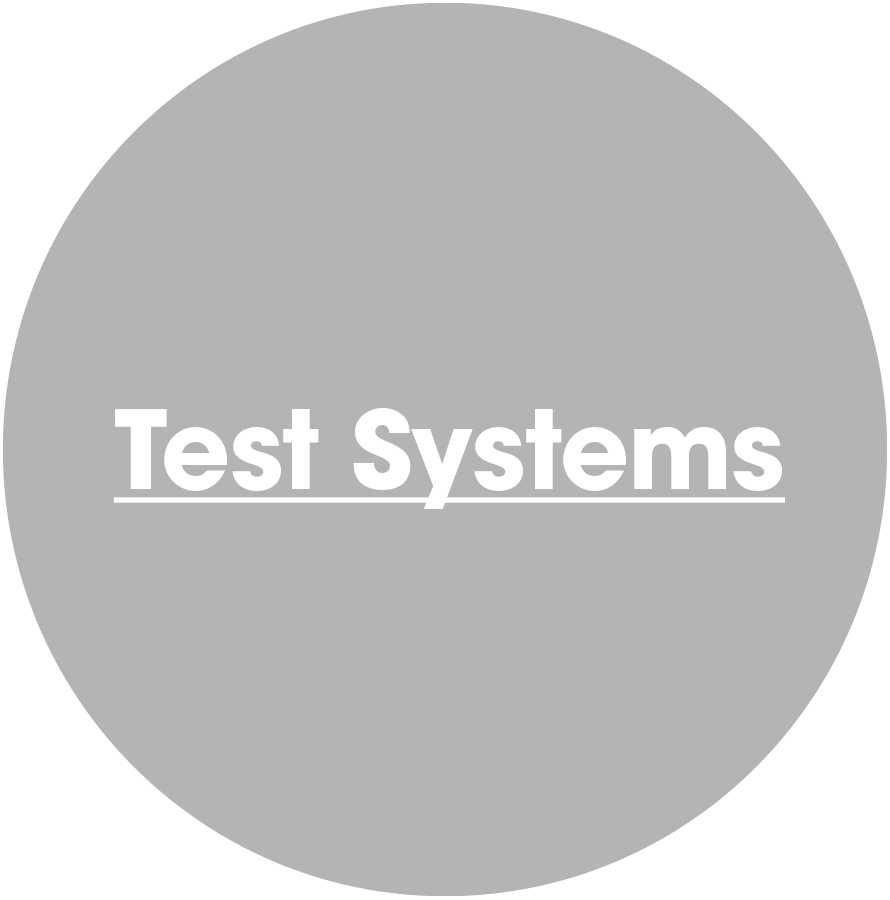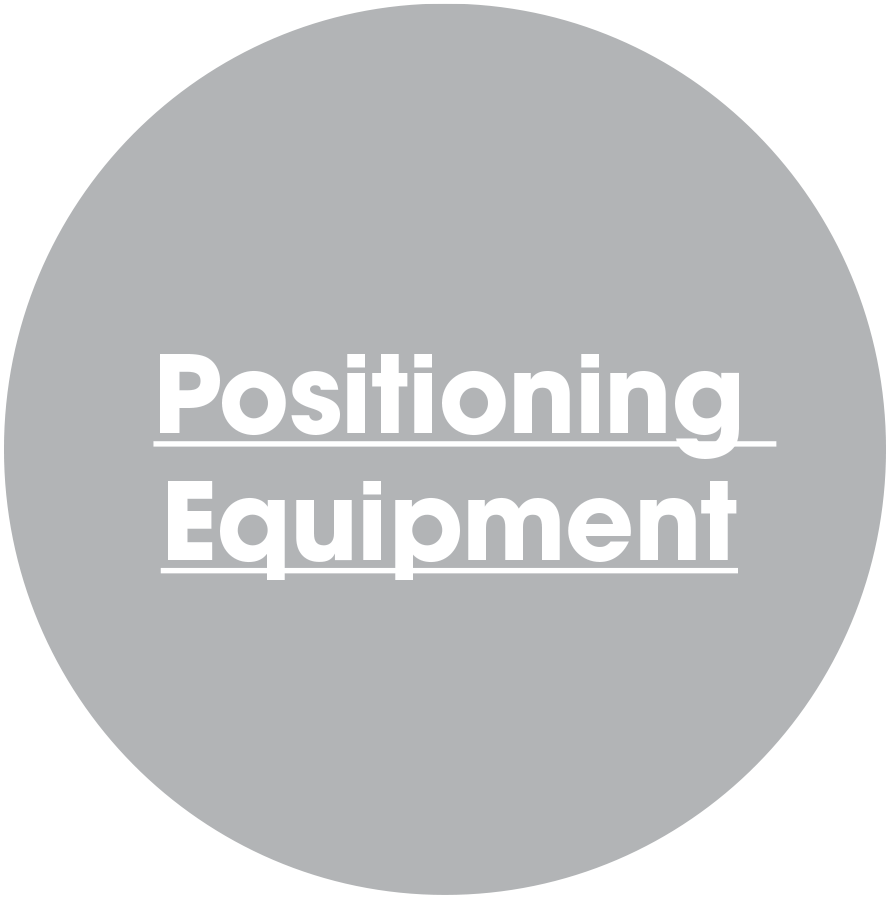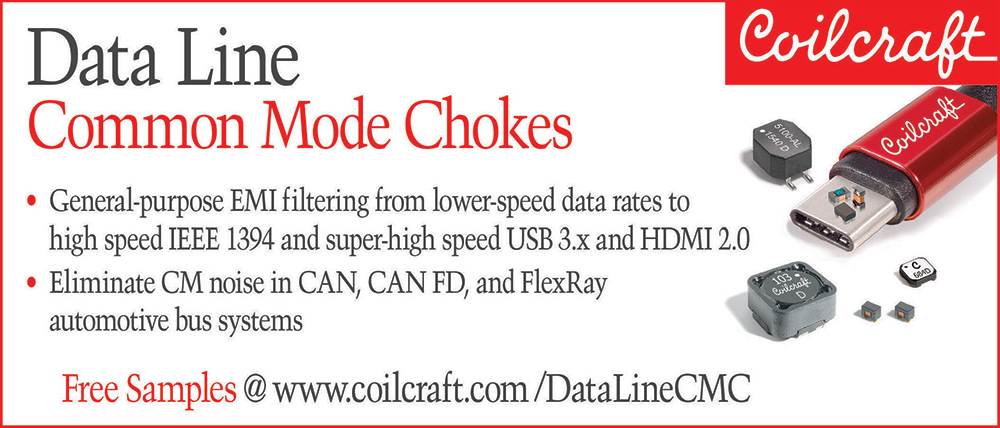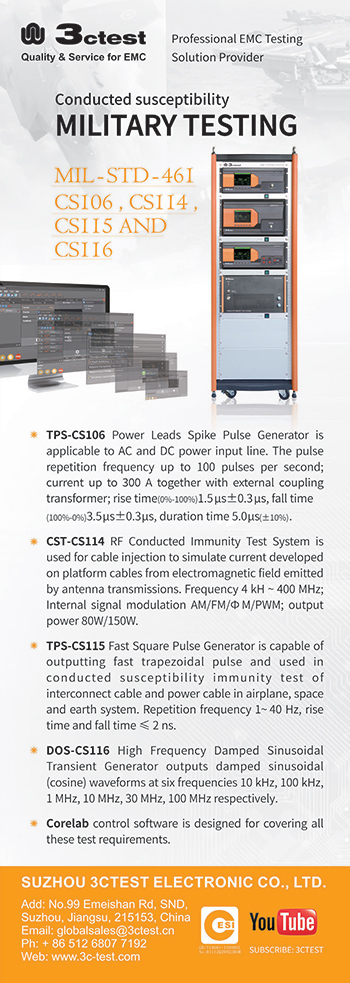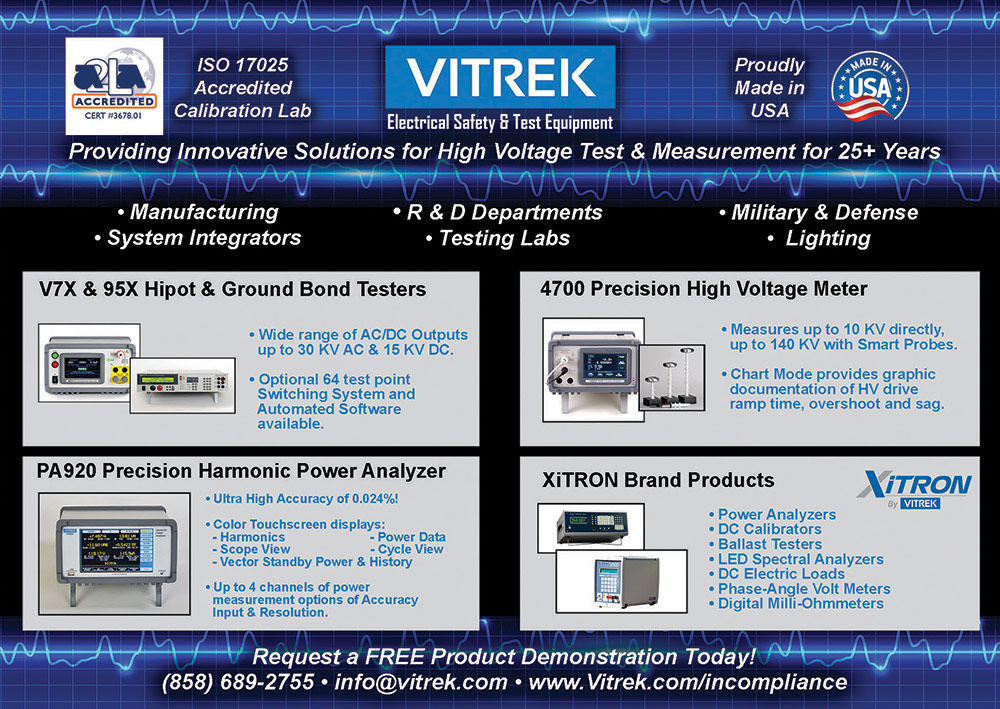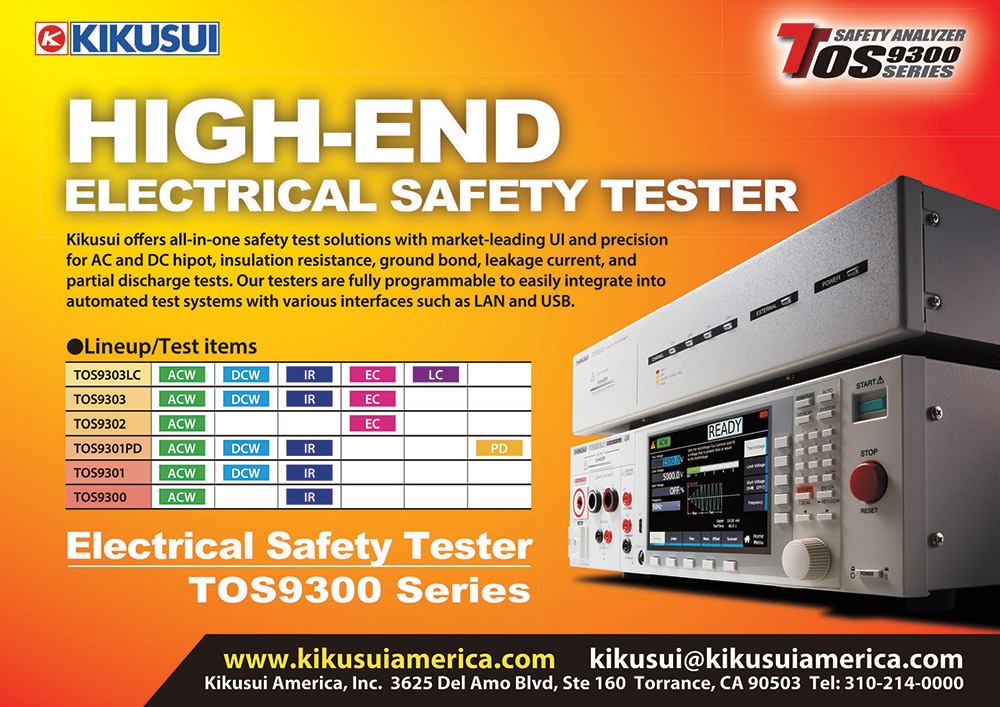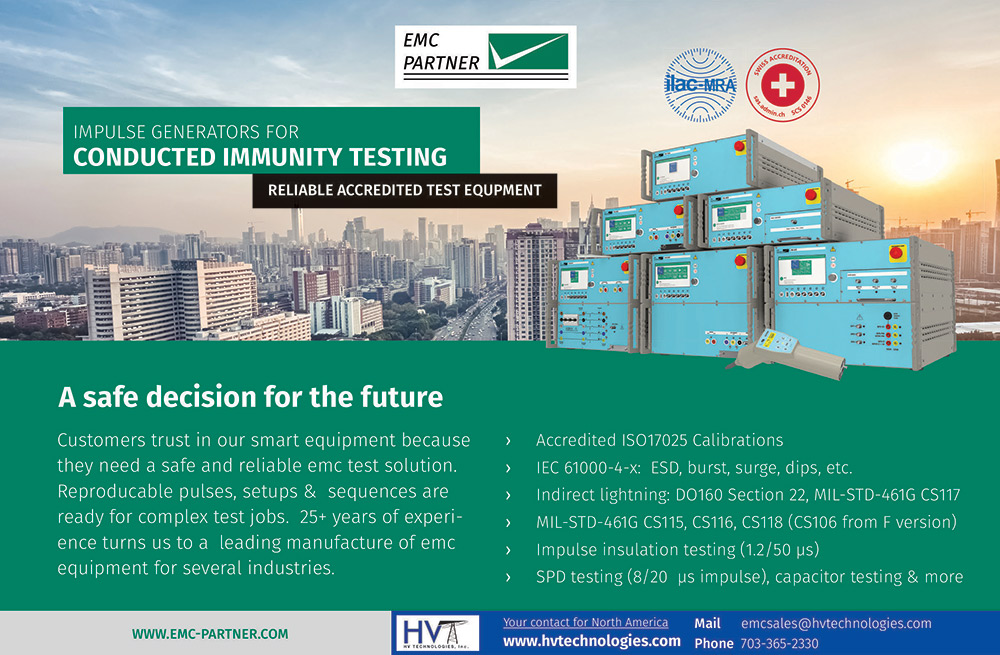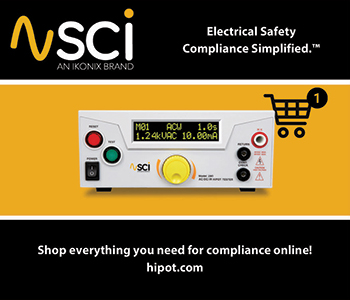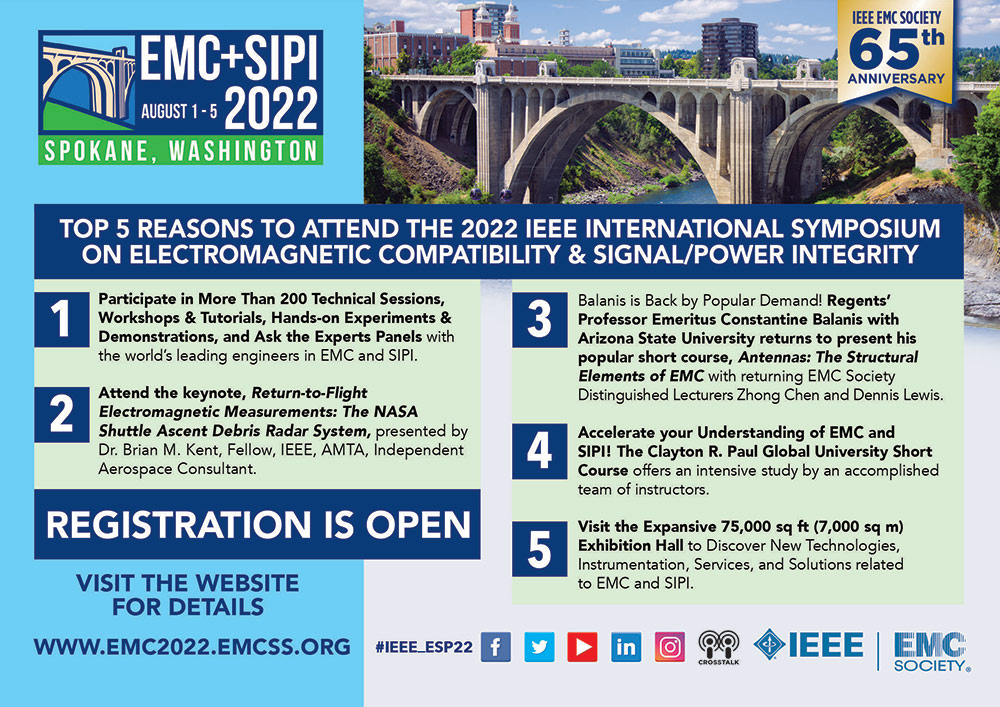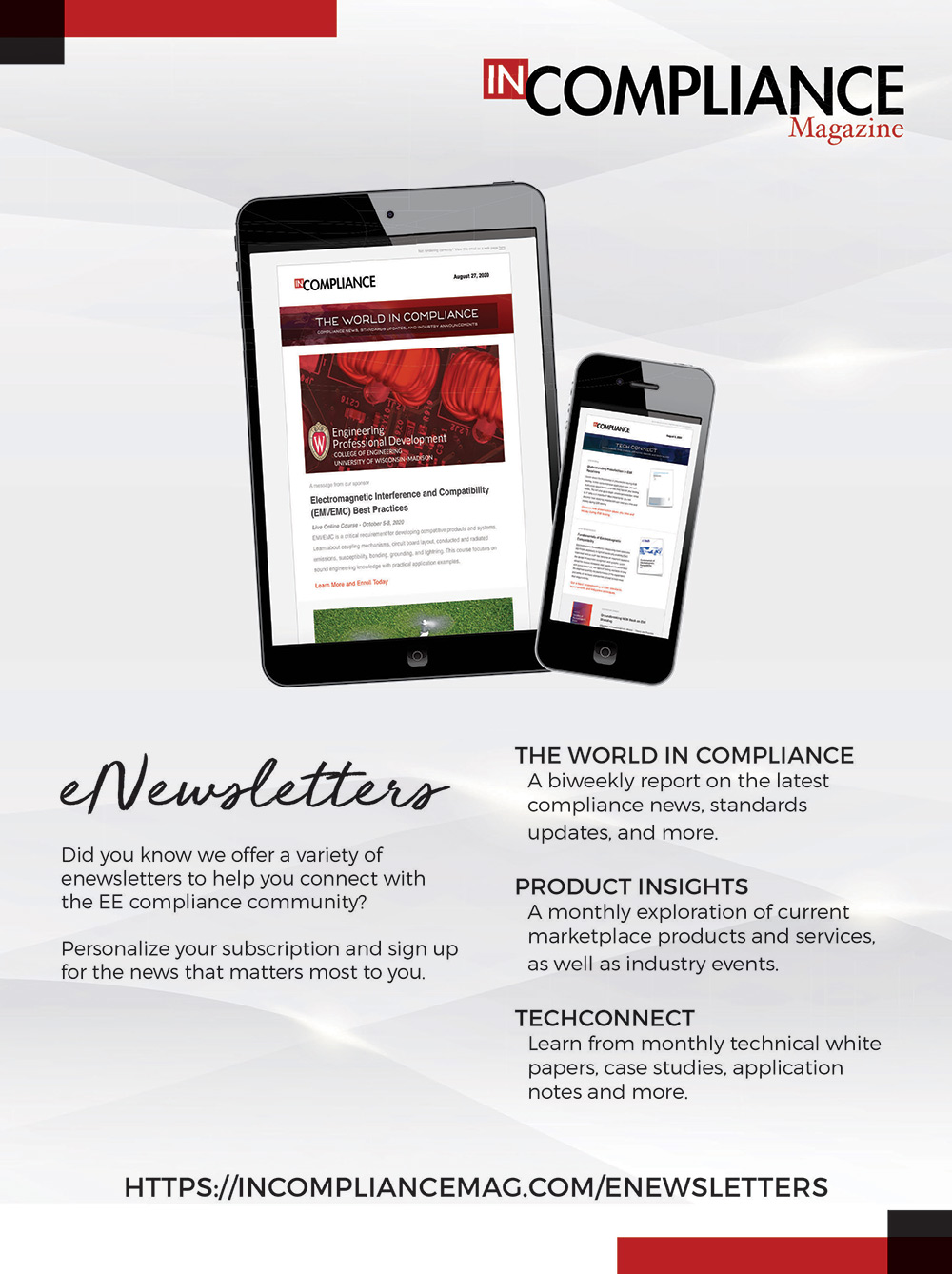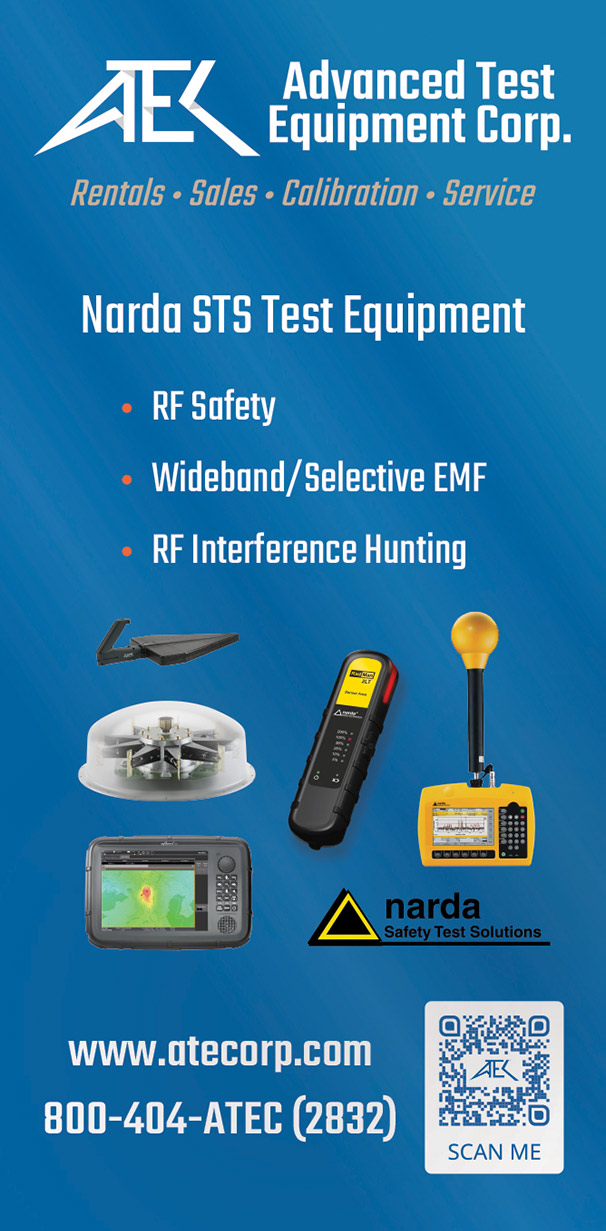
Electrical Equipment, Part 1
Safety Programs and
CPSC Mandates
Contact Burn Injuries:
The Influence of Object Shape, Size, Contact Resistance, and Applied Heat Flux

Electrical Equipment, Part 1
Safety Programs and
CPSC Mandates
Contact Burn Injuries:
The Influence of Object Shape, Size, Contact Resistance, and Applied Heat Flux

ISSN 1948-8254 (print)
ISSN 1948-8262 (online)
is published by
Same Page Publishing Inc.
451 King Street, #458
Littleton, MA 01460
tel: (978) 486-4684
fax: (978) 486-4691
©Copyright 2022 Same Page Publishing, Inc. all rights reserved
Contents may not be reproduced in any form without the prior consent of the publisher.
While every attempt is made to provide accurate information, neither the publisher nor the authors accept any liability for errors or omissions.
publisher
bruce@brucearch.com
keith.armstrong@
cherryclough.com
Leo@EisnerSafety.com
dgerke@emiguru.com
ken.javor@emcompliance.com
kenrossesq@gmail.com
wernerschaefer@comcast.net
Subscriptions outside North America are $129 for 12 issues. The digital edition is free.
Please contact our circulation department at circulation@incompliancemag.com
According to a Public Notice, the Commission’s Public Safety and Homeland Security Bureau has added the following equipment or services to its “Covered List” under the Secure and Trusted Communications Networks Act of 2019:…
The consultation seeks input on Directive 2011/65/EU (also known as the RoHS Directive) specific to…

Definition, Scope, Importance, and Impact

ccording to the U.S. Consumer Product Safety Commission (CPSC), at least 41 Americans were killed and about 133,000 injured between 2017 and 2019 in incidents tied to e-scooters, e-bikes, and hoverboards.1 Ten companies were forced to recall approximately 500,000 hoverboards after the CPSC received about 100 reports of the lithium-ion battery packs that power hoverboards overheating, sparking, smoking, catching fire, or exploding.2
While these examples may represent a small segment of concern, their occurrence highlights the importance of product regulatory compliance and the consequences of failing to integrate compliance considerations into the design, development, production, and distribution of a wide range of products.
Other ar companies: modular rf • sunar rf motion • ar europe
Other ar companies: modular rf • sunar rf motion • ar europe
for EMC Testing.

For more information on AR Amplifiers visit us at www.arworld.us/systems or call 215-723-8181.

n today’s increasingly complex and competitive world, the compliance and safety of electrical equipment have become a top management challenge for fulfilling all of the demanding regulations.
The safety of electrical equipment raises an important question, who is responsible for prioritizing safety above all when equipment is designed, implemented in production, installed, operated, and maintained? Manufacturing “safe” equipment has come to be a catchphrase, affecting and influencing the minds of many designers and manufacturers. But this is no longer enough. Instead, building a safety culture at the organizational and professional levels has become a must.
The present article (Part 1 of a two-part series), is intended to make a small contribution toward this goal of building a safety culture around electrical equipment.

ince its inception in the early 1970s, the U.S. Consumer Product Safety Commission (CPSC) has encouraged companies to implement active product safety management programs. This article will examine the CPSC’s previous guidances on safety programs, describe the requirements imposed on companies, and discuss what they might mean.
These guidances and mandates are important since they can help a company determine if its safety program would be deemed sufficient by the CPSC or even by a jury in a product liability case and help identify areas where its program could be improved.
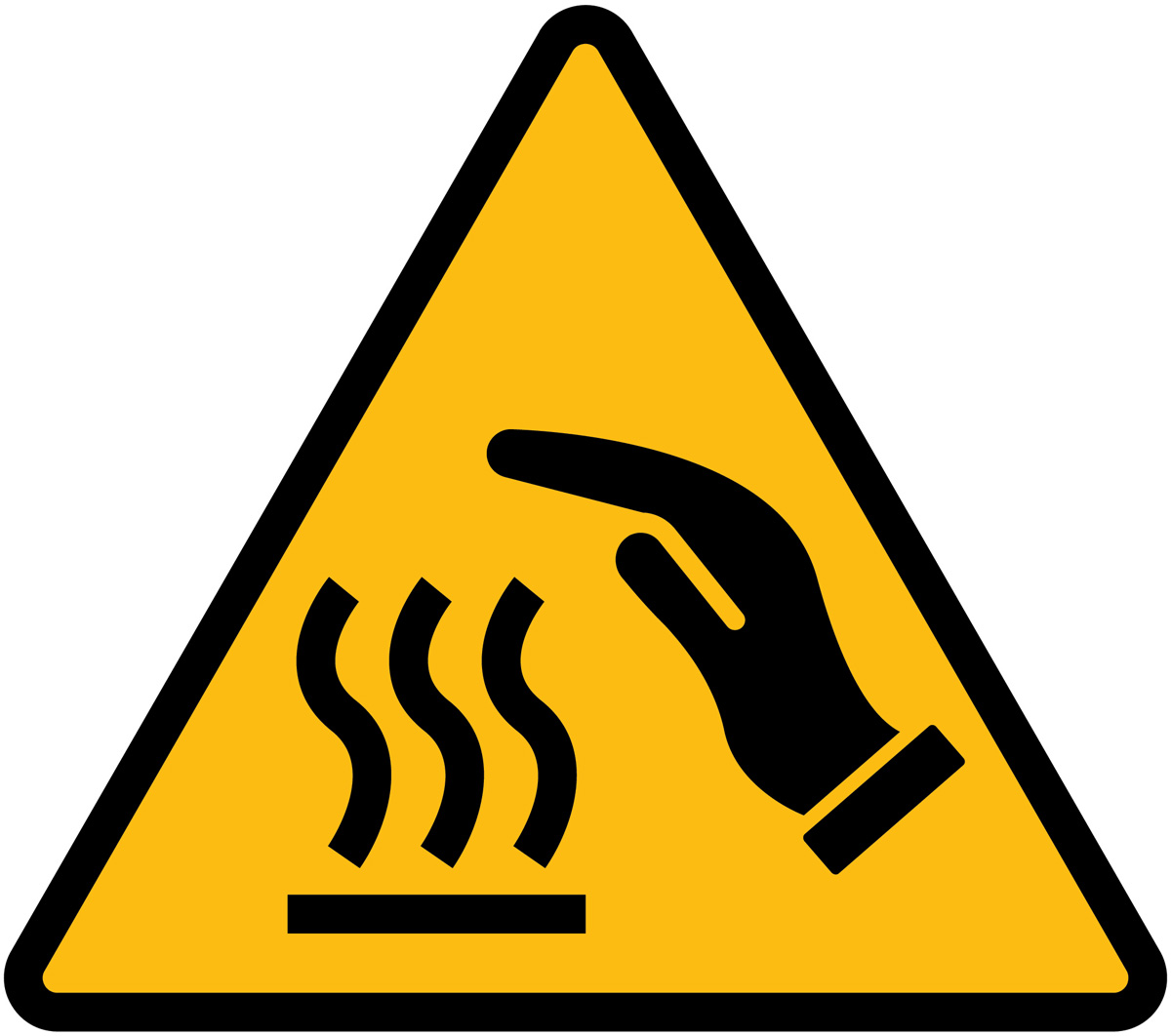
Editor’s Note: The paper on which this article is based was originally presented at the 2020 IEEE International Symposium on Product Safety Engineering held virtually in November 2020. It is reprinted here with the gracious permission of the IEEE. Copyright 2020, IEEE.
Part I of this paper, “Contact Burn Injuries: Part I: The Influence of Object Thermal Mass,” was reprinted in the May 2021 issue of In Compliance Magazine and is available at https://incompliancemag.com/article/contact-burn-injuries-the-influence-of-object-thermal-mass.
Part I of this series discussed the general aspects of the regulatory guidance for burn threshold surface temperature and contact duration limits [1,2,3]. Part 1 also outlined a number of important aspects associated with the regulatory framework. Specifically, the ISO 13732 standard assumes that the surface temperature of the object remains constant after contact with the tissue. The ASTM standard recognizes that there exists a difference between the object surface temperature, the object-skin interface temperature, and skin contact temperature, which is defined as the temperature at the epidermis-dermis interface. All the standards assume the surface temperature of the touched object remains constant and neglect the surface temperature reduction associated with the transfer of energy from the object to the tissues. Furthermore, only a limited number of contact parameters are considered in the standard. They include the thermal resistance between the heat source and surface of the device and the influence of the surface finish and material.
his is the first of three articles devoted to the design, test, and electromagnetic compatibility (EMC) immunity evaluation of multilayer PCBs containing analog circuitry. In this study, there are seven design variants that all contain a similar schematic but implement different PCB layout techniques.
All variants were equipped with an analog voltage measurement along with a temperature measurement [1]. Non-conductive and metallic enclosures were evaluated for cases where the design options showed susceptibility issues. Testing was performed according to the ISO11452-11 Radiated Immunity Reverberation Method standard from 200MHz – 1GHz up to 100V/m and ISO11452-4 Bulk Current Injection from 1MHz – 400MHz up to severity level 4. The analog readings were monitored during RF immunity testing to determine the performance of the various design options.
In this introductory article, we present a top-level block diagram description of the design problem under research. The subsequent articles will be devoted to the RF immunity performance of the PCB assemblies.

Navigation and control instruments can be caused to malfunction. During the approach of an Alitalia aircraft at Turin airport on 31 December, 1995, one of the 160 passengers onboard switched on his mobile phone(picture), thus blocking the plane’s autopilot system. There was also interference with the pilot’s contact with the control tower…
The annex to IEC 61000-4-3 explains that it was decided to use amplitude modulation (of the radiated RF test signal) and not pulse (digital) modulation as the differences were small. However, when testing televisions for immunity to GSM mobile services, the use of a 200Hz modulation was disastrous, and was only solved by using the correct 186Hz signal…
The wireless oscillators do not have it all their own way. Re-radiated howls which spoil reception for other listeners are to be tracked down by Government experts employing the latest methods. By the end of this month, the first of the new direction-finding motor-vans will, it is expected, be delivered to the Post Office engineers who are specially…
While towing a caravan south between junctions 24 and 23 of the M1 recently, the turbo of my 29,000 mile Audi A4 TDI suddenly shut down. There were no warning lights or mechanical noises, simply a serious loss of power. I struggled off the motorway and a mobile technician from Audi Assist checked the car the following day. He ran a series of…
View Index
Asia-Pacific International Symposium on Electromagnetic Compatibility (APEMC)
May 10-13
Applying Practical EMI Design and Troubleshooting Techniques
Advanced PCB Design for EMC & SI
Mechanical Design for EMC
May 10
Chicago IEEE EMC Mini Symposium
May 12
EMC Fest 2022
IEEE International Instrumentation and Measurement Technology Conference (I2MTC)
May 16-19
MIL-STD-810 Training
May 18-19
EMC & Compliance International Workshop
June 13-16
MIL-STD-810 Training
June 19-24
International Microwave Symposium
Sensors Expo & Conference
July 12-14
EMV 2022
August 1-5
IEEE EMC+SIPI 2022


